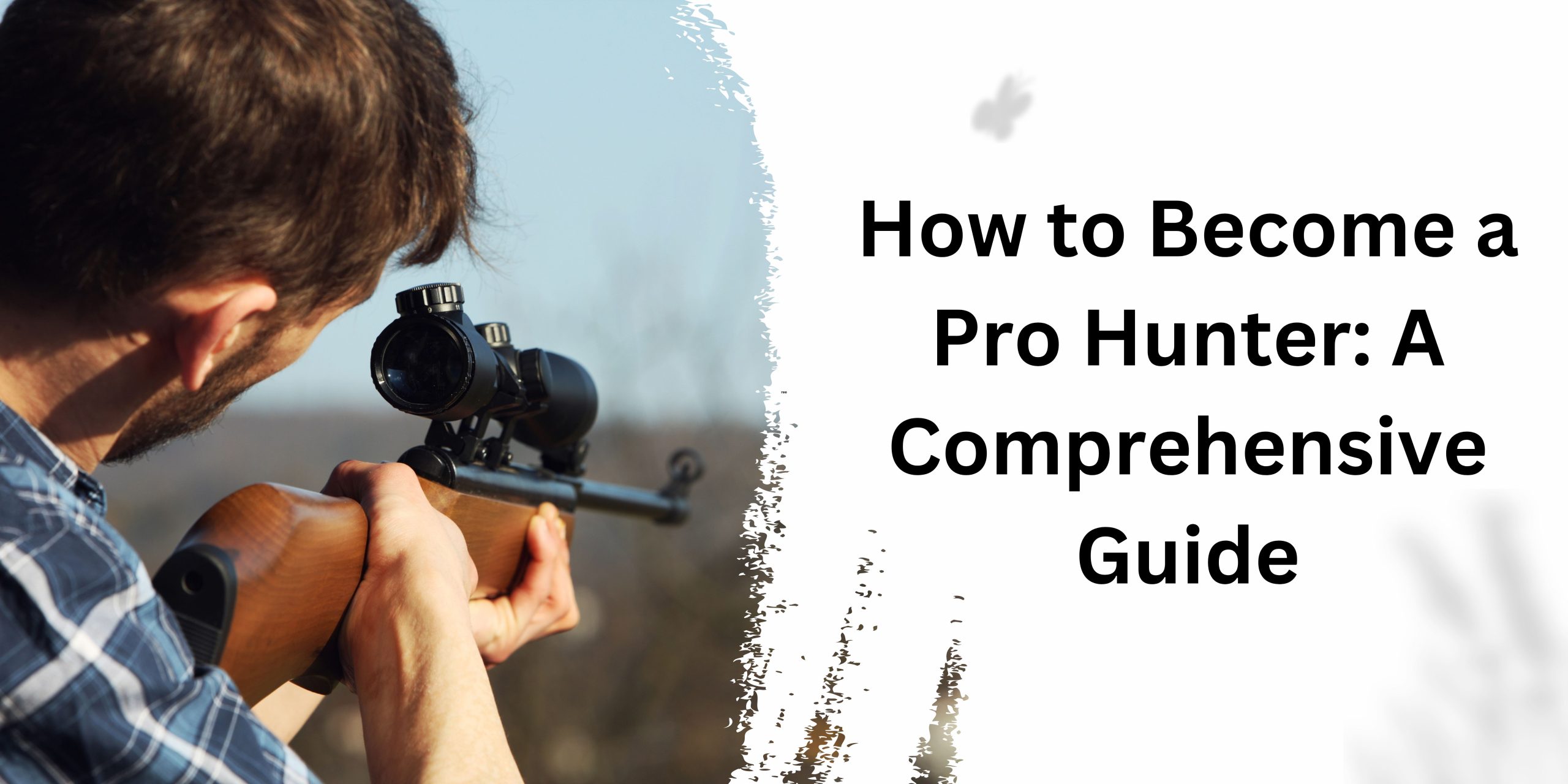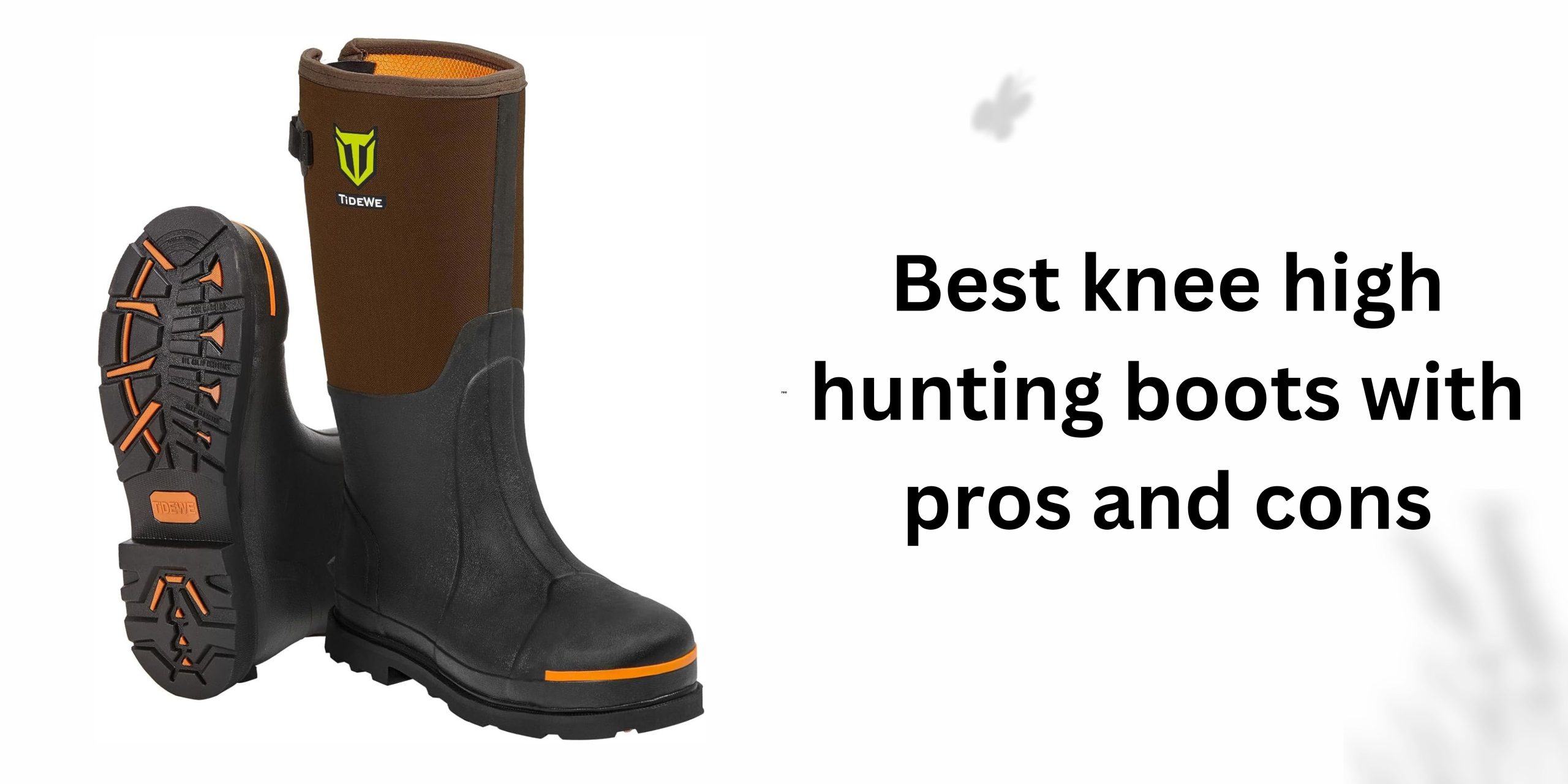Are you in the market for a rangefinder but not sure whether to choose a golf-specific model or one designed for hunting? While both devices serve the purpose of measuring distance, they are tailored to the specific needs of their respective activities. In this article, we’ll delve into the differences between a golf rangefinder and a hunting rangefinder to help you make an informed decision.
What is a Hunting Rangefinder?
A hunting rangefinder is a specialized device used by hunters to accurately measure the distance to their target. These rangefinders are equipped with features such as angle compensation, which takes into account the angle of the shot to provide a more accurate distance reading. Additionally, hunting rangefinders often have a rugged, weatherproof construction to withstand the rigors of outdoor use.
Difference Between Golf Rangefinder and Hunting Rangefinder
Precision and Range
One of the key differences between golf and hunting rangefinders is their precision and range capabilities. Hunting rangefinders are designed to accurately measure long distances, often up to 1000 yards or more, depending on the model. In contrast, golf rangefinders typically have a shorter range, usually up to 400 or 500 yards, which is more than sufficient for the distances encountered on a golf course.
Targeting Modes
Another important distinction is the targeting modes available on each type of rangefinder. Hunting rangefinders often feature multiple targeting modes, such as scan mode, which allows the user to continuously scan an area and receive real-time distance readings. Golf rangefinders, on the other hand, typically have a single-target mode, which is ideal for pinpointing the distance to a specific target, such as a flagstick on the green.
Display and Readability
The display and readability of the distance readings are also different between golf and hunting rangefinders. Golf rangefinders often have a more user-friendly display, with larger, easy-to-read numbers. Additionally, golf rangefinders may offer additional features, such as slope adjustment, which calculates the slope of the terrain and adjusts the distance accordingly. Hunting rangefinders, on the other hand, may have a more basic display, focused primarily on providing accurate distance readings.
Size and Portability
Hunting rangefinders are typically larger and more rugged than their golf counterparts. This is because they need to withstand the harsh outdoor conditions often encountered during hunting expeditions. Golf rangefinders, on the other hand, are more compact and lightweight, making them easier to carry around the golf course.
Price
The price is also a factor to consider when choosing between a golf and hunting rangefinder. Hunting rangefinders tend to be more expensive due to their advanced features and rugged construction. Golf rangefinders, on the other hand, are generally more affordable, making them a more budget-friendly option for golfers.
Read More: How Much Does It Cost to Lease Land for Hunting?
Tips and Hacks
- Practice: Familiarize yourself with your rangefinder before using it in the field or on the course.
- Battery Life: Always carry spare batteries, especially on long outings.
- Maintenance: Keep your rangefinder clean and dry to ensure its longevity.
Summary
While both golf and hunting rangefinders serve the purpose of measuring distance, they are designed with specific features to cater to the unique needs of each activity. Understanding the differences between the two types of rangefinders will help you choose the right one for your needs.







